Spyrix Malware
Having problems with Spyrix on your computer? Stay with us, because in this guide we’ll walk you through what this malware is, how it infects your system, and what you can do to get rid of it for good.
Spyrix is a dangerous malware infection that disguises itself as an Adobe Reader setup file. Once inside, it secretly downloads other harmful files in the background without your approval. In short, it’s a downloader Trojan — a type of malicious software that installs additional threats, exposing your system to more risks while you may not notice a thing.
This Trojan is usually bundled inside shady software packages. If you’ve recently installed freeware from untrusted websites, or opened unknown files without checking them, that might have been the way it got in. Another common trick is phishing emails — messages with fake attachments that, when opened, instantly drop the Trojan on your device.
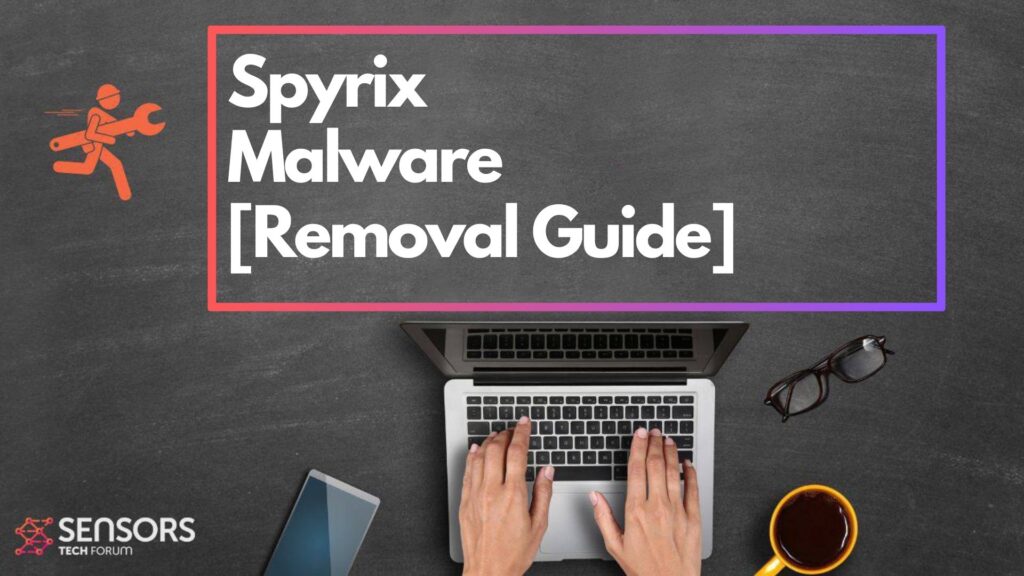
Spyrix Summary
| Type | Trojan Horse / Malware |
| Brief Description | Fake setup malware that can perform various malicious activities on the system. |
| Symptoms | Your computer could become very slow and even freeze from time to time; excessive CPU usage is also possible. |
| Distribution Technique | Bundled downloads. Web pages which may promote it. |
| Detection Tool |
See if the System is impacted by Spyrix
Down Load
Malware Removal Tool
|
Spyrix Loader – Why Is It on My System?
If your antivirus has detected Spyrix Loader, it means the threat has already bypassed your defenses and is running silently. It often masks itself as software updates, cracked programs, or fake installers in order to trick people.
This Trojan commonly spreads via pirated apps, malicious advertisements, or unsafe download platforms. Since it’s programmed with stealth features, many users don’t realize their system is infected until the malware has already caused serious problems.
Key Features and Risks of Spyrix Malware
Spreading Harmful Programs
Spyrix acts like a delivery tool for more threats such as ransomware, spyware, and keyloggers. It exploits weak points in your operating system and silently downloads additional malicious components. Some of the most common ways it spreads include phishing emails, unsafe websites, software bundles, and silent drive-by downloads.
System Vulnerabilities
To avoid detection, Spyrix makes changes to your system’s settings and registry. It uses advanced evasion techniques to slip past many traditional antivirus tools, which makes spotting it in its early stages very difficult.
Stealing Personal Data
One of the most serious dangers of Spyrix is its ability to collect sensitive information. It can record keystrokes, steal usernames and passwords, and even capture your banking details. Cybercriminals may use this data for fraud, identity theft, or sell it on the dark web. Often, victims only discover the problem after their accounts or finances have already been compromised.
Remote Control by Hackers
This Trojan connects to a remote command-and-control server, giving hackers the ability to control your device remotely. With this access, they can deploy new malware, steal more files, or even use your system as part of bigger cyberattacks without your knowledge.
Preparation before removing Spyrix.
Before starting the actual removal process, we recommend that you do the following preparation steps.
- Make sure you have these instructions always open and in front of your eyes.
- Do a backup of all of your files, even if they could be damaged. You should back up your data with a cloud backup solution and insure your files against any type of loss, even from the most severe threats.
- Be patient as this could take a while.
- Scan for Malware
- Fix Registries
- Remove Virus Files
Step 1: Scan for Spyrix with SpyHunter Anti-Malware Tool
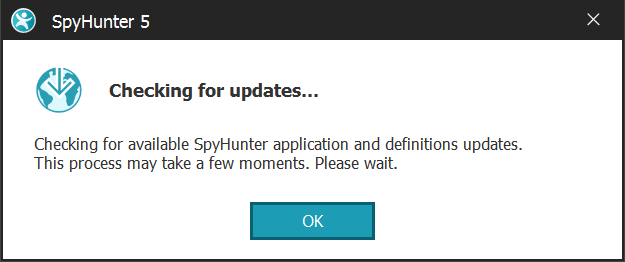
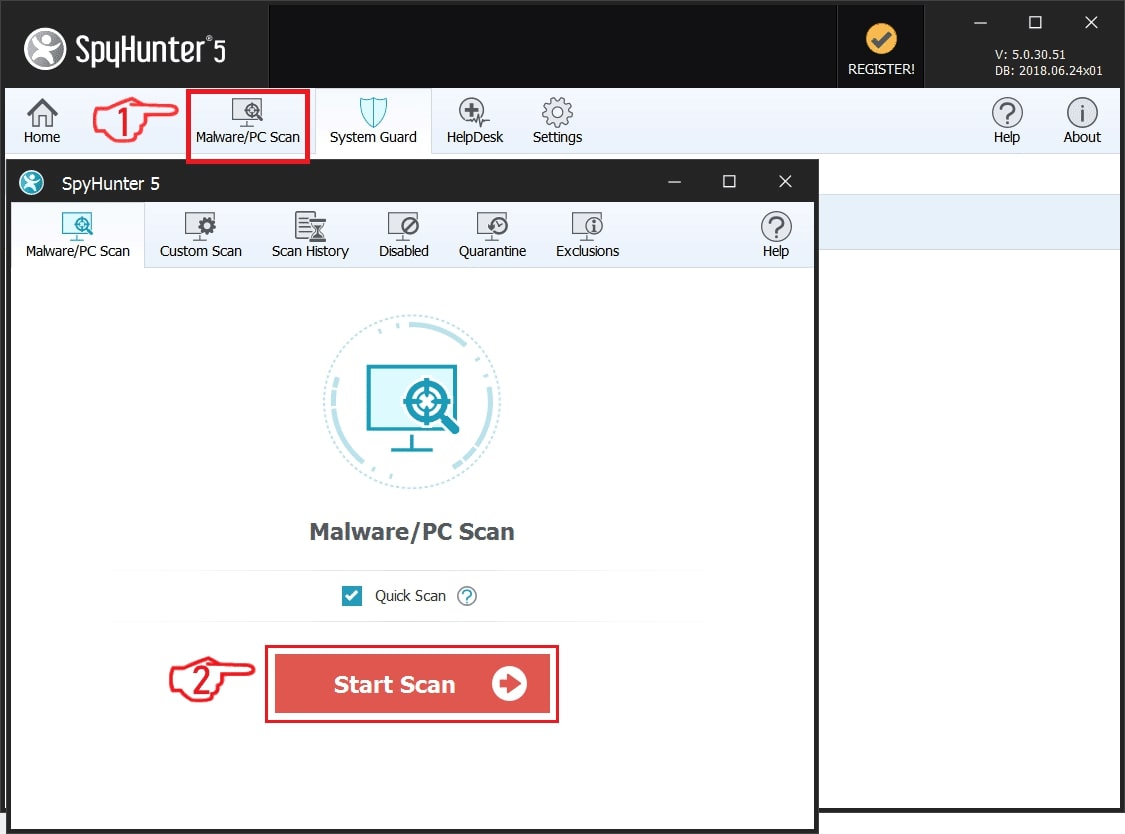
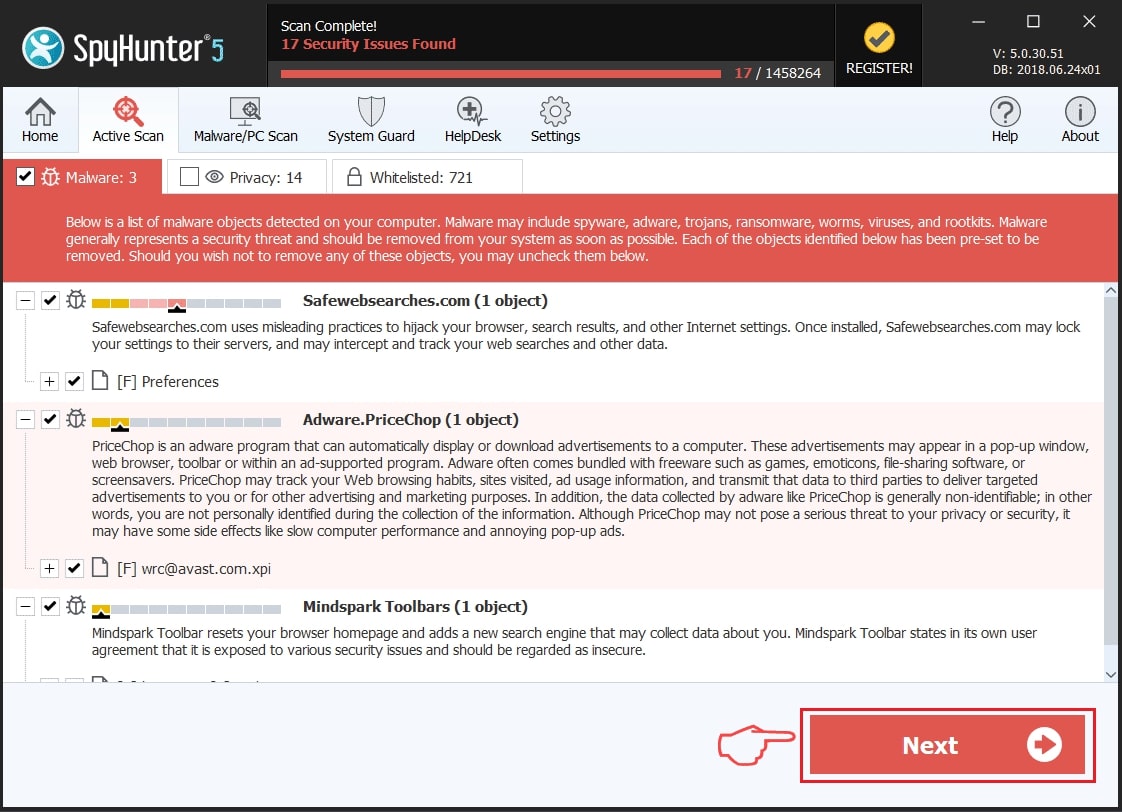
Step 2: Clean any registries, created by Spyrix on your computer.
The usually targeted registries of Windows machines are the following:
- HKEY_LOCAL_MACHINE\Software\Microsoft\Windows\CurrentVersion\Run
- HKEY_CURRENT_USER\Software\Microsoft\Windows\CurrentVersion\Run
- HKEY_LOCAL_MACHINE\Software\Microsoft\Windows\CurrentVersion\RunOnce
- HKEY_CURRENT_USER\Software\Microsoft\Windows\CurrentVersion\RunOnce
You can access them by opening the Windows registry editor and deleting any values, created by Spyrix there. This can happen by following the steps underneath:
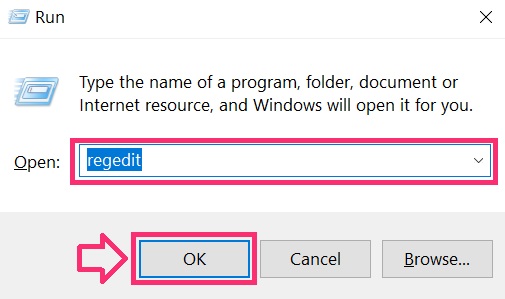

 Tip: To find a virus-created value, you can right-click on it and click "Modify" to see which file it is set to run. If this is the virus file location, remove the value.
Tip: To find a virus-created value, you can right-click on it and click "Modify" to see which file it is set to run. If this is the virus file location, remove the value.Step 3: Find virus files created by Spyrix on your PC.
1.For Windows 8, 8.1 and 10.
For Newer Windows Operating Systems
1: On your keyboard press + R and write explorer.exe in the Run text box and then click on the Ok button.
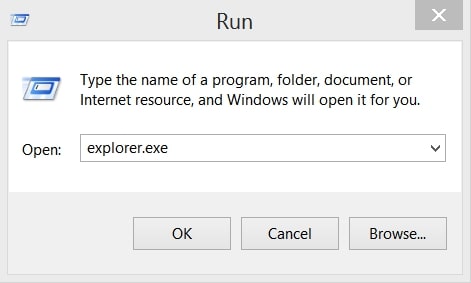
2: Click on your PC from the quick access bar. This is usually an icon with a monitor and its name is either “My Computer”, “My PC” or “This PC” or whatever you have named it.
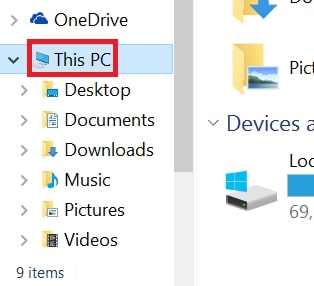
3: Navigate to the search box in the top-right of your PC's screen and type “fileextension:” and after which type the file extension. If you are looking for malicious executables, an example may be "fileextension:exe". After doing that, leave a space and type the file name you believe the malware has created. Here is how it may appear if your file has been found:
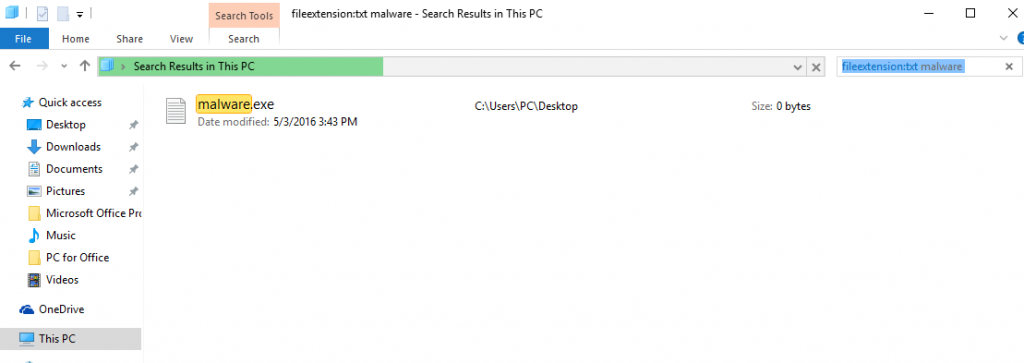
N.B. We recommend to wait for the green loading bar in the navigation box to fill up in case the PC is looking for the file and hasn't found it yet.
2.For Windows XP, Vista, and 7.
For Older Windows Operating Systems
In older Windows OS's the conventional approach should be the effective one:
1: Click on the Start Menu icon (usually on your bottom-left) and then choose the Search preference.

2: After the search window appears, choose More Advanced Options from the search assistant box. Another way is by clicking on All Files and Folders.
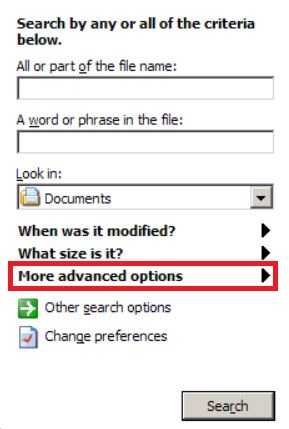
3: After that type the name of the file you are looking for and click on the Search button. This might take some time after which results will appear. If you have found the malicious file, you may copy or open its location by right-clicking on it.
Now you should be able to discover any file on Windows as long as it is on your hard drive and is not concealed via special software.
Spyrix FAQ
What Does Spyrix Trojan Do?
The Spyrix Trojan is a malicious computer program designed to disrupt, damage, or gain unauthorized access to a computer system. It can be used to steal sensitive data, gain control over a system, or launch other malicious activities.
Can Trojans Steal Passwords?
Yes, Trojans, like Spyrix, can steal passwords. These malicious programs are designed to gain access to a user's computer, spy on victims and steal sensitive information such as banking details and passwords.
Can Spyrix Trojan Hide Itself?
Yes, it can. A Trojan can use various techniques to mask itself, including rootkits, encryption, and obfuscation, to hide from security scanners and evade detection.
Can a Trojan be Removed by Factory Reset?
Yes, a Trojan can be removed by factory resetting your device. This is because it will restore the device to its original state, eliminating any malicious software that may have been installed. Bear in mind that there are more sophisticated Trojans that leave backdoors and reinfect even after a factory reset.
Can Spyrix Trojan Infect WiFi?
Yes, it is possible for a Trojan to infect WiFi networks. When a user connects to the infected network, the Trojan can spread to other connected devices and can access sensitive information on the network.
Can Trojans Be Deleted?
Yes, Trojans can be deleted. This is typically done by running a powerful anti-virus or anti-malware program that is designed to detect and remove malicious files. In some cases, manual deletion of the Trojan may also be necessary.
Can Trojans Steal Files?
Yes, Trojans can steal files if they are installed on a computer. This is done by allowing the malware author or user to gain access to the computer and then steal the files stored on it.
Which Anti-Malware Can Remove Trojans?
Anti-malware programs such as SpyHunter are capable of scanning for and removing Trojans from your computer. It is important to keep your anti-malware up to date and regularly scan your system for any malicious software.
Can Trojans Infect USB?
Yes, Trojans can infect USB devices. USB Trojans typically spread through malicious files downloaded from the internet or shared via email, allowing the hacker to gain access to a user's confidential data.
About the Spyrix Research
The content we publish on SensorsTechForum.com, this Spyrix how-to removal guide included, is the outcome of extensive research, hard work and our team’s devotion to help you remove the specific trojan problem.
How did we conduct the research on Spyrix?
Please note that our research is based on an independent investigation. We are in contact with independent security researchers, thanks to which we receive daily updates on the latest malware definitions, including the various types of trojans (backdoor, downloader, infostealer, ransom, etc.)
Furthermore, the research behind the Spyrix threat is backed with VirusTotal.
To better understand the threat posed by trojans, please refer to the following articles which provide knowledgeable details.


